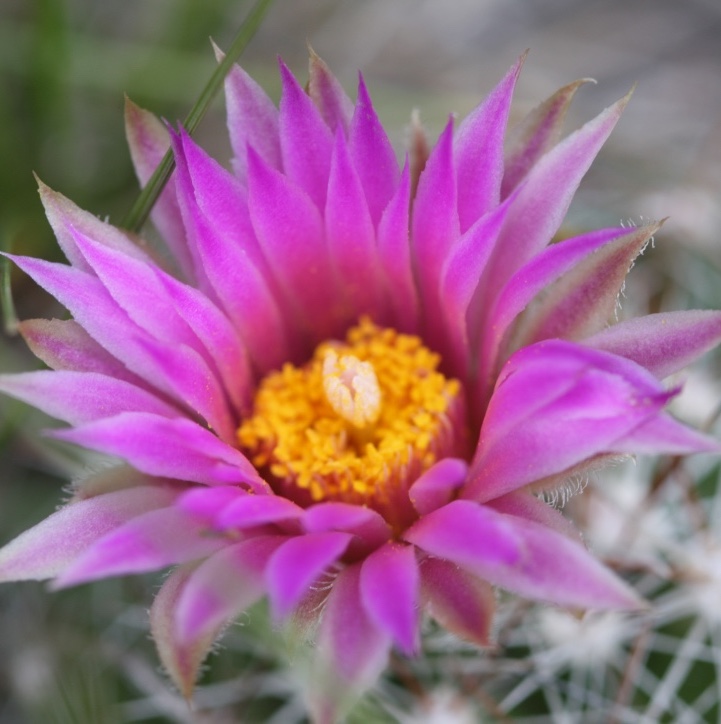The Subalpine Ecoregion
Between the lower-elevation montane and the true alpine regions is the subalpine ecoregion. This area is generally defined as that with elevations between 1,800 and 2,050 metres (5,900 to 6,800 feet). Steep, rolling landscapes are a major feature of this area. High amounts of precipitation are also characteristic, especially with the high snow cover despite the chinooks in some locations. The ecosites are as varied and striking as the montane region. Harsh and extreme climatic conditions, as well as thin and poorly developed soils (Regosols) and outcroppings of bedrock, are the main limitations to vegetation growth in the subalpine region.
Subxeric sites are also common, usually with some soil development (Brunisols) but steep slopes and coarse textures often result in rapid external and internal drainage of any moisture. Like similar sites at lower elevations are there a thin conifer cover, including lodgepole pine (Pinus contorta), Engelmann spruce (Picea engelmannii), and understory shrubbery like buffaloberry (Shepherdia canadensis), bearberry (Arctostaphylos uva-ursi), and juniper (Juniperus spp.). The most exposed sites bear grasses such as hairy wild rye (Leymus innovatus), june grass (Koelaria macrantha), sheep fescue (Festuca saximontana), bluebunch wheatgrass (Agropyron spicatum), and in some areas a significant cover of purple reed grass (Calamagrostis purpurascens). Higher-moisture (mesic) sites correlate to greater conifer cover, including lodgepole pine, Engelmann spruce, and alpine fir (Abies lasiocarpa). The understory or early-phase shrub compositions varies from one location to another, and include species like alder (Alnus crispa), rhododendron (Rhododendron albiflorum), false azalea (Menziesia ferrufinea), and tall bilberry (Vaccinium membranaceum). The typically thinner herbaceous understory includes hairy wild rye, pine grass (Calamagrostis rubescens), arnica (Arnica cordifolia/latifolia), wintergreens (Pyrola/Orthilla spp.) and small ericaceous (heather) species.
The subalpine is home to some rather extensive areas that have been used by wildlife, with rangeland productivity considered equivalent to those on montane sites. These sites, often with Chernozemic soils on submesic/mesic sites support rough fescue (Festuca campestris/altaica)-dominated grasslands which graduate into rough fescue-hairy wild rye plant communities, and eventually into the climax species hairy wild rye. Graminoids that are subdominant to these compositions include kobresia (Kobresia myosuroides), big bluegrass (Poa ampla), Parry oat grass (Danthonia parryi), and Richardson needlegrass (Stipa richardsonii). The forb component on mesic grasslands tends to be fairly simple, including species such as cinquefoils (Potentilla spp.), beard-tongues (Penstemon confertus/procerus), hedysarum (Hedysarum sulphurescens), and alpine forget-me-not (Myostis alpestris).
Improved soil moisture always implies greater diversity in vegetation and an increase in shrub growth, giving rise to willows (including Salix farriae/glauca), birch (Betula glandulosa/pumila), and sedges (Carex spp.). Such communities (willow-birch-sedge) are most common on the highly productive sites in this region. Lower slope sites graduating from Gleysolic to Organic soils bear black spruce (Picea mariana), with a sparse understory of species including coltsfoot (Petasites palmatus), Labrador tea (Ledum groenlandicum), and peat moss (Sphagnum spp.)
